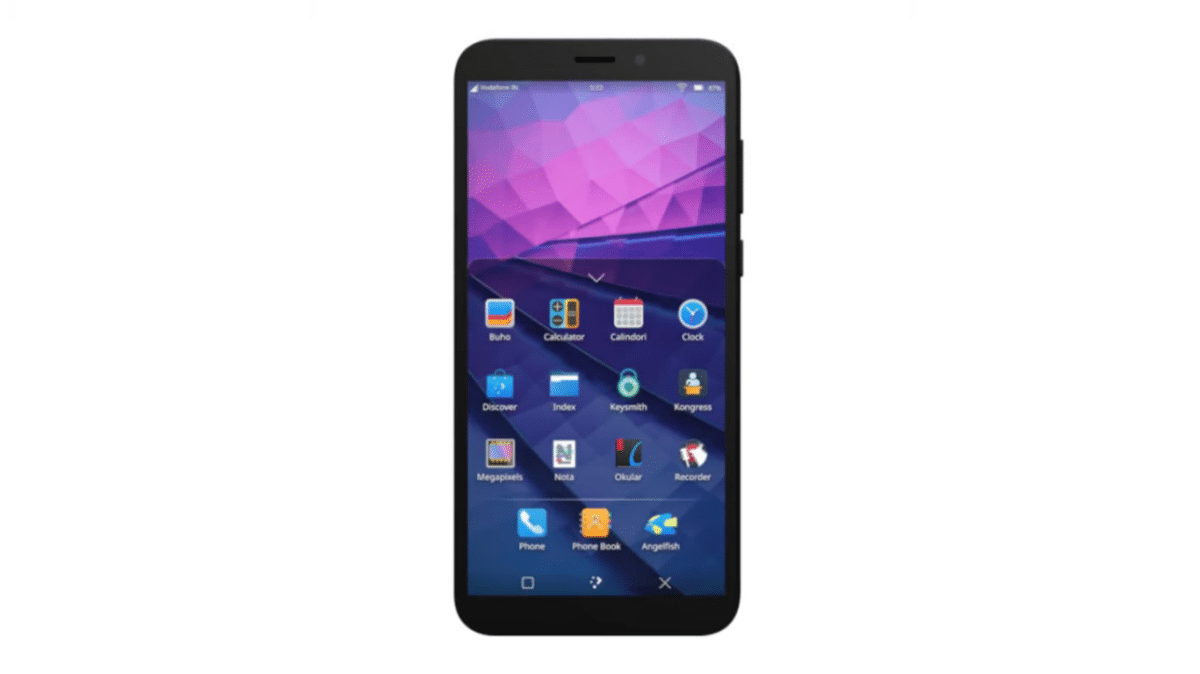
In early February, we echoed news that was a bit scary: the PinePhone Community Edition would no longer be manufactured. At first, we thought that something was wrong, that they could abandon the project, but in their note they said no, that it was only the beginning and what they wanted was to choose an operating system so that all pinephone the future will use it by default. That moment has already come and we already have a winner.
Personally and from what I have tried on the PineTab, it does not surprise me that what they have announced in this february note is that the chosen operating system is Manjaro. It works very well and, in fact, even though it was stopped at the tablet, they were the first to achieve many important achievements, such as good hardware acceleration or that the desktop apps fit perfectly. Arch Linux works great too, but I had always been confident that Manjaro would make things better. And so it has been, to the point of having taken the cat into the water.
PinePhone will use only one operating system from now on
What scared me the most was the interface. There is a lot of work being done with Phosh, and I don't like it at all. It can and does look good when we use it alongside the keyboard or want to connect it to an external monitor, but the tactile experience leaves a lot to be desired. For that reason, my favorite bets were Lomiri, from UBports, or Plasma Mobileby KDE. I like Lomiri better because of the gestures and some other details like the keyboard, but the truth is that their apps are not the best, from what I understand PINE64 and their choice to have chosen Manjaro + Plasma.
The rest of the information in the February note is less interesting, at least for one server, but I would like to know if they will do the same with the PineTab and if they will choose the same combination. The latest image of Manjaro for the PINE64 tablet was released in October, and it hasn't come a long way since then. In any case, it is another issue and another device, and the decision made by PINE64 seems good to me, especially as a Plasma user on three computers.
All this, unfortunately, is destined to die, you have just verified it yourself, without any update since October. If all this lasts 5 years, it will be a lot, a couple of years I give them to abandon the project.
Can you comment or do an article in more detail than anyone normally does about these Linux OS on non-Android mobiles? (the redundancy of the Linux ecosystem vague).
For example, do they ask you for a password to update, can you enter as root, can you create different users, you can install and change the desktop environment whenever you want or you must format for that, it has compatibility with external devices, it can be connected to a windows pc or linux or mac, the apps are the same as those found on the desktop and if they are they look good and you can work on them (basic office automation), classic linux games like SuperTuxKart can be used normally, what about emulators of consoles that nostalgic linuxers use so much (I don't know, you could play against or emulate CSOTN on the Pinephone or Pinetablet normally or you require peripherals), you could play desktop games bought from stores like steam, and what about compatibility with android apps (Since I know that the Manjaro team has been working on making some apps work, but some do, which ones do it without problems) ?.
In other words, try to sell it to me (even though I live in Venezuela and everything goes to food thanks to socialism), to make it interesting and if someone at Pine64 knows Spanish and reads your article, they may thank you. Greets and a hug.
PS: I almost forgot, excuse the double post, performance of the Manjaro system with the performance of the device ?. Can you order a "kill" to a hung application? Also excuse the excess of questions, but I do not see anyone offering this kind of detail, it is as if they do not want to "sell the system" to us, and as far as I know most of the things I have described are not allowed to users in Android. On the other hand, I am very interested in performance features, I have been working with an Acer Aspire 4935 using Manjaro XFCE for more than 6 years and I have only had 1 relatively serious complication in which I had to use a usb-live to restore the system due to to an update failure. I tried using Plasma once, very nice and pretty instinctive to use, but compared to XFCE it consumes an awful lot of RAM that I didn't have the luxury of affording.